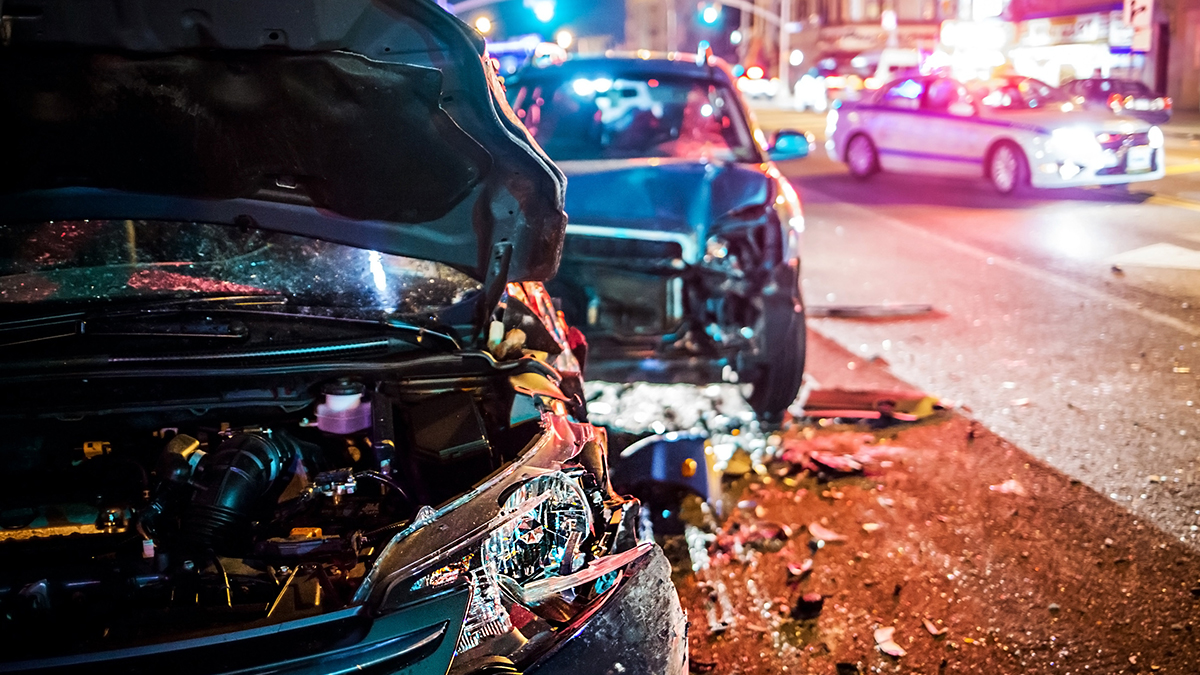
Various situations may lead to a personal injury lawsuit. These include accidents, product malfunction, defamation, and even intentional acts such as assault and battery. In cases where the offense was inflicted or caused by someone else, filing a personal injury case helps compensate the plaintiff for the damages they endured.
To win a personal injury lawsuit, the plaintiff must provide substantial evidence to support their claim through the help of their personal injury attorney and legal team. It validates the extent of the injury and its surrounding circumstances, increasing the chances of getting a favorable verdict.
It is advisable to document any potentially useful evidence as soon as possible after the incident. If this leads to you filing a personal injury lawsuit, check out the different types of evidence your legal team can present to support your claim below.
Physical Evidence
If the personal injury is physical, it follows that physical evidence will be investigated first. This is tangible material that will explain why, how, and when the incident occurred.
In an auto accident, car dents, cracked windows, and broken mirrors are examples of physical evidence. In a slip and fall accident, it can be a torn and bloody piece of clothing and broken stairs or a platform where the mishap took place.
For product malfunctions, the defective item is the strongest proof you can have. In defamation lawsuits, documents can be introduced during the trial. These can be emails or text messages containing the defendant’s defamatory statement.
Important note: Physical evidence must be preserved exactly the way it was during the incident. If it’s extensively damaged from the time of your injury to the court proceedings, it may be dismissed as invalid for supporting your claim.
Photos and Videos
One way to preserve evidence is to take photos or videos. If you are physically capable of doing so, the best time to do this is immediately after the incident. If not, you may seek assistance from attending medical staff, your legal team, or a personal investigator to do this for you. This way, the authenticity of your proof will not be compromised.
Photo and video evidence will best represent your case if they’re thoroughly documented, taken from various angles at the scene. They should not be tampered with or edited in any way, especially with digital media.
Detailed documentation of bruises, burns, lacerations will also help establish the extent of your injury. These can be presented in personal injury cases involving accidents, assault, and battery.
During your pre-trial consultation, your legal team will select the materials that will best validate your claim in court, as solid supporting evidence for your case.
Medical Records
Aside from detailed photographic proof of your injuries, medical records can also document the presence and severity of physical duress. For legal use, this will extend to hospital bills and medication expenses since they are quantifiable financial losses you have incurred due to the incident.
Your record may also indicate the type of treatment you …